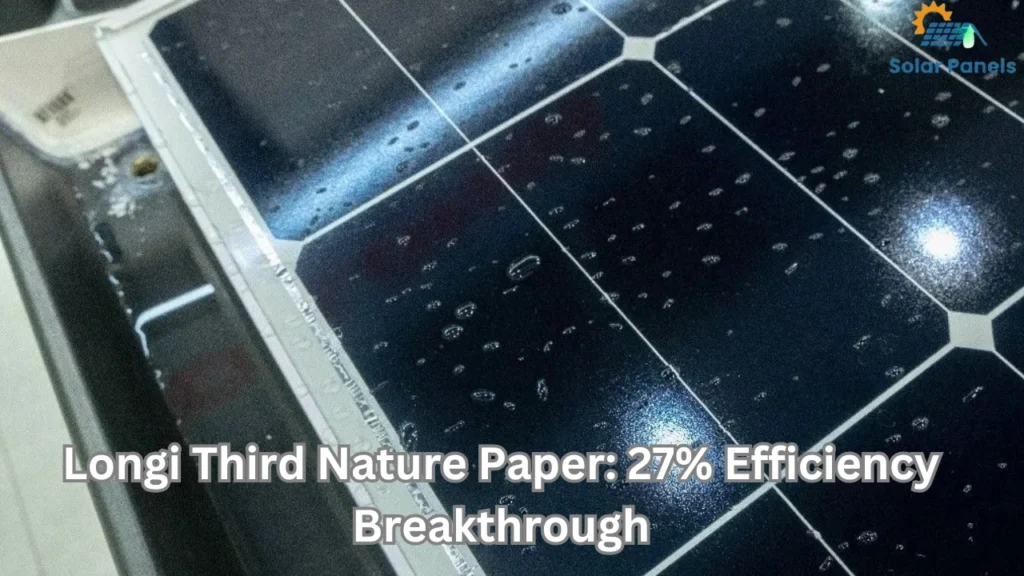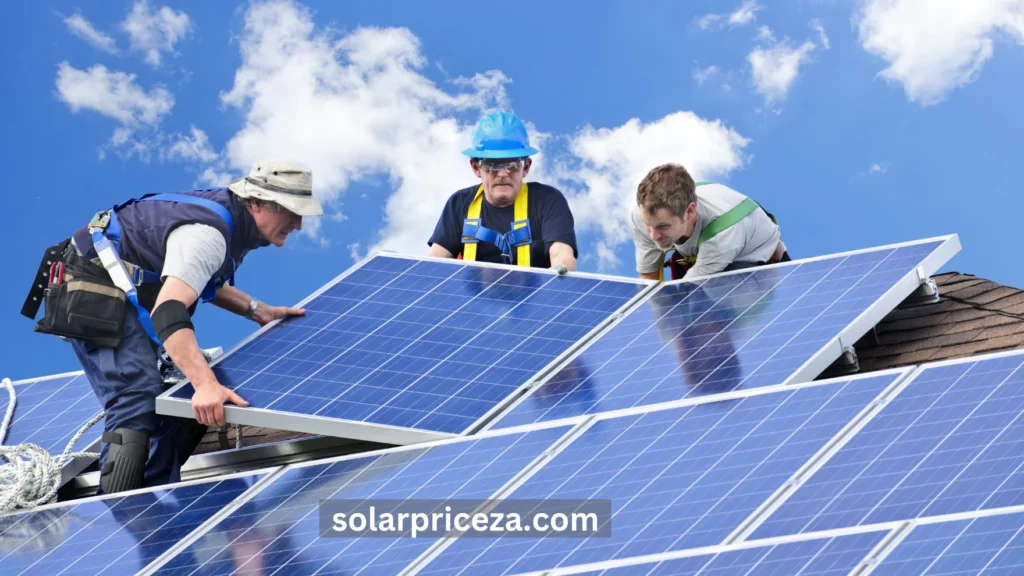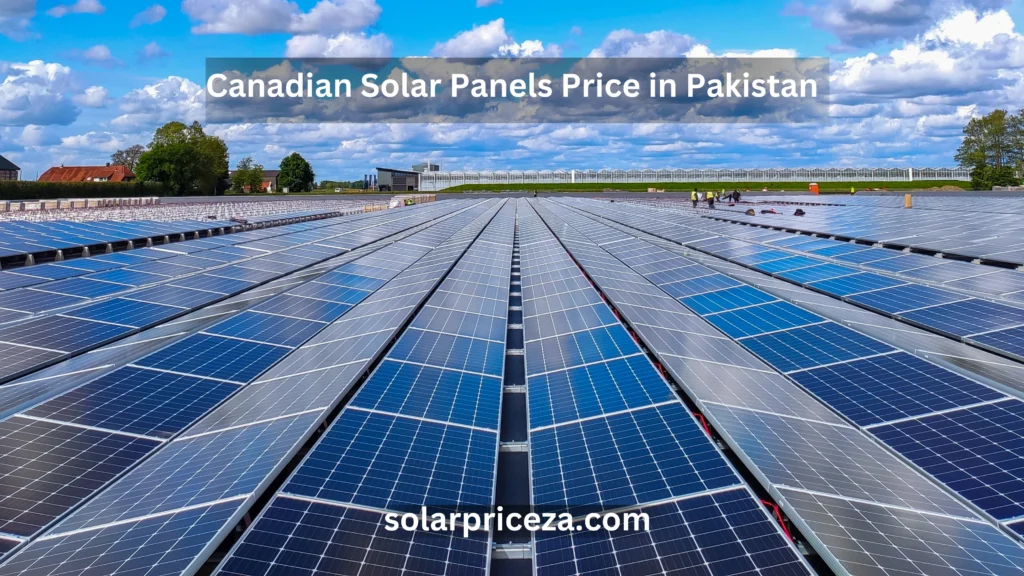Longi Third Nature Paper: 27% Efficiency Breakthrough
In a recent Longi Third Nature Paper called “Silicon Heterojunction Back Contact Solar Cells by Laser Designing,” LONGi announced that their crystalline silicon solar cells have accomplished over 27% efficiency to begin with time. This is a vital step forward in solar technology. It shows that back-contact solar cells can be both very efficient and cost-effective, setting a new standard for the industry.

Innovations in Heterojunction Solar Cells
LONGi’s Central R&D Institute has made this breakthrough by doing a lot of research on silicon wafers and passivation technology. They created a strong heterojunction contact and improved the way heterojunctions are made. Their new method uses a fully laser-patterned design and a way to apply metal without using indium or silver, which makes future back-contact solar cells more efficient and cheaper to produce.
Leadership in Monocrystalline Silicon Technology
This new achievement follows LONGi’s earlier announcement in May, when their HBC (heterojunction back-contact) solar cells reached an efficiency of 27.30%, setting a world record for monocrystalline silicon cells. This beat the previous record of 27.09% from December 2023, showing that LONGi is a leader in making highly efficient solar technology.

Solar Cell Efficiency Over Time
Over the years, crystalline silicon solar cells have improved in three main ways: Al-BSF cells (less than 20% efficiency), PERC cells (up to 25% efficiency), and TOPCon cells (over 25%). Now, back-contact (BC) technology is set to lead the next phase of production, with efficiencies of over 26%. LONGi’s research shows that by combining heterojunction technology with a BC design, they aim to achieve efficiencies greater than 27%.
Pioneering Research from LONGi’s R&D Team
LONGi is dedicated to innovation, as shown by this being the third article published in Nature by their Central R&D Institute since 2024. These articles followed previous reports about world records in flexible silicon heterojunction cells and perovskite/crystalline silicon tandem cells. These successes highlight LONGi’s leadership in advancing solar technology. As a global leader, LONGi actively improves solar energy and drives new technological advances. And supports a more efficient and sustainable future for solar power through ongoing innovation and teamwork in the industry.
If you want to learn more about solar panels, our blog section is a great place to go.
Conclusion:
LONGi’s latest achievement in solar technology, detailed in their Longi Third Nature Paper this year, marks a significant breakthrough with the show of over 27% efficiency in crystalline silicon solar cells. This inventive laser-patterned technology drives this breakthrough. Not only improves efficiency but also decreases generation costs, setting a modern standard for the industry. With a solid center on research and improvement, LONGi continues to lead the way in solar advancement, contributing to a more feasible future for renewable energy.
FAQ’s:
What are heterojunction solar cells?
Heterojunction solar cells combine different types of silicon to improve efficiency, and LONGi has improved their design for better performance.
How does LONGi ensure its technology is innovative?
LONGi invests heavily in research and improvement, evidenced by different distributions in the best scientific journals and continuous progressions in solar cell technology.
Why is this achievement important for renewable energy?
Higher efficiency in solar cells means more successful use of sunlight. Driving greater energy generation and supporting the transition to feasible energy sources.


